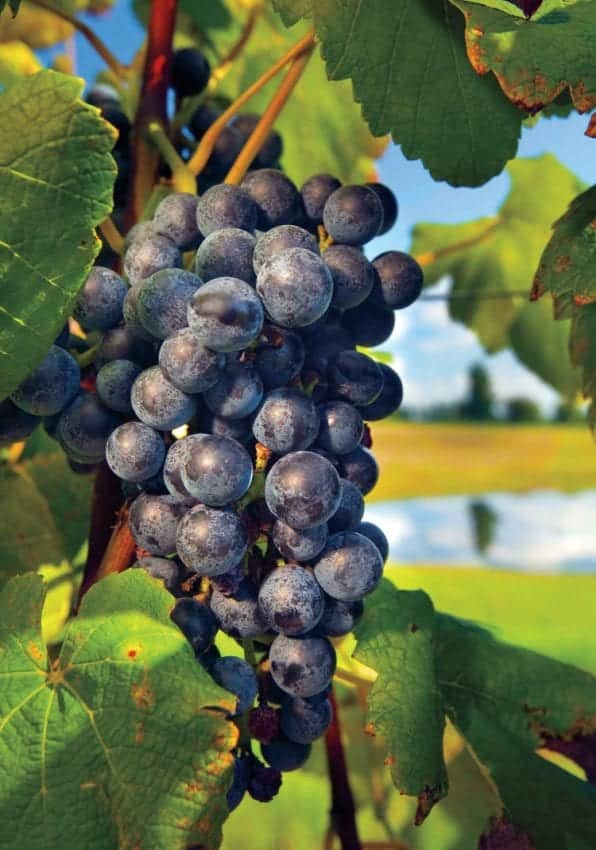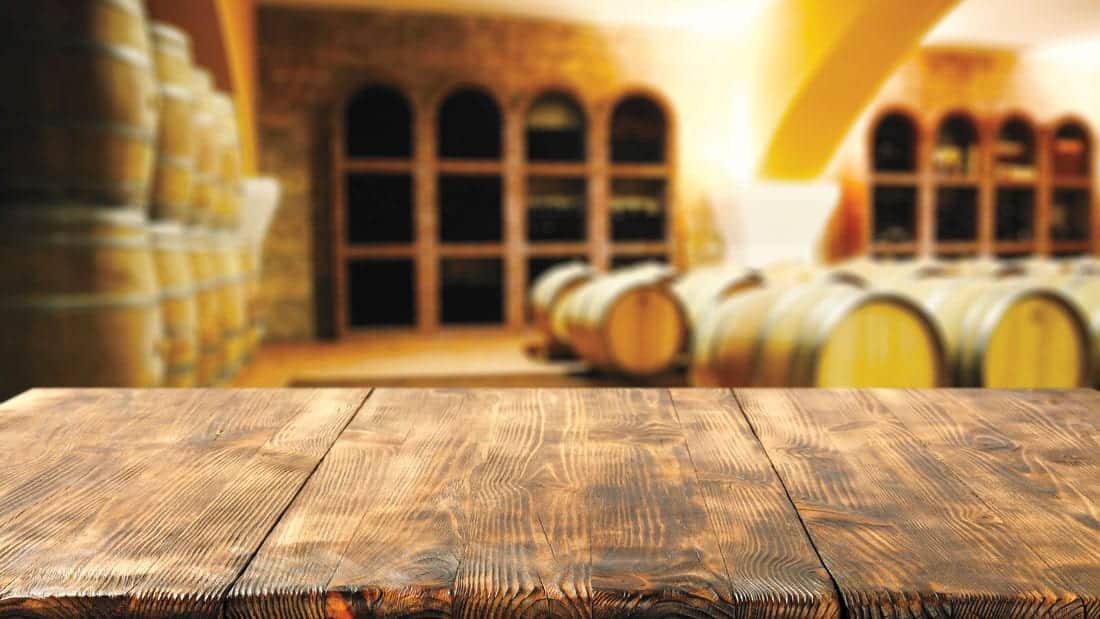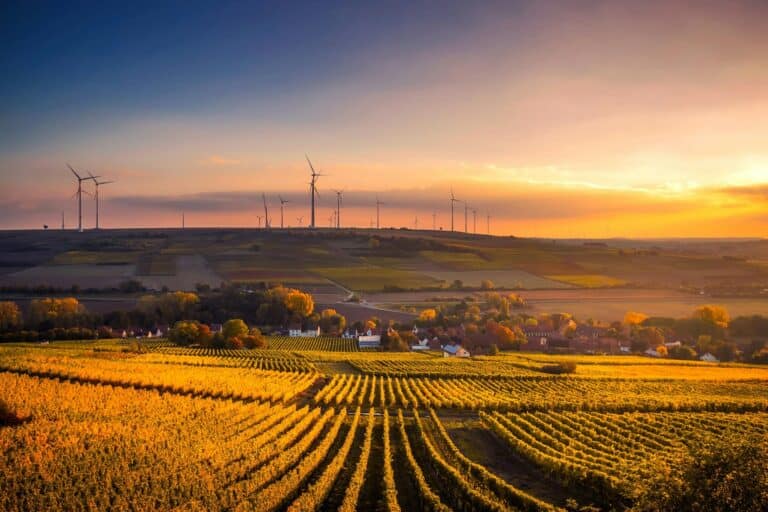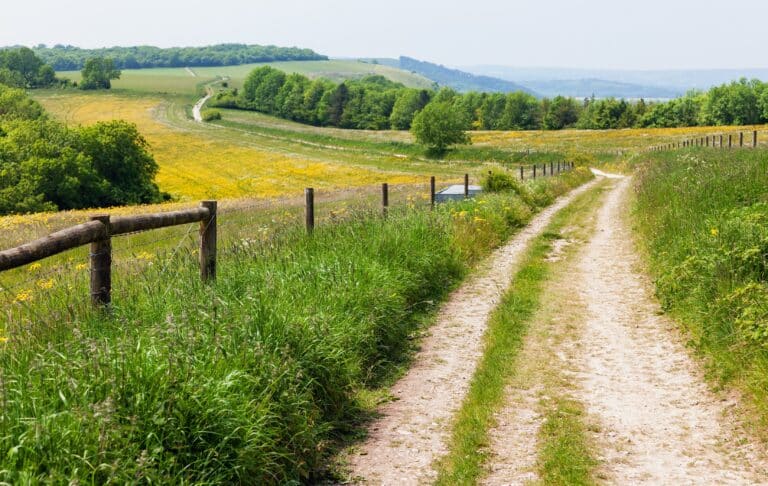Stephen Watson was on a tour of military duty overseas when he developed a desire to return to his rural roots, to the land near Coleman in west-central Texas, where as a kid he had helped his dad run cattle.
Cattle ranching held little appeal for Watson, however, so he started researching his options and hit upon the idea of growing grapes.
“I thought, now there’s something you plant once, not every year,” he recalls.
Returning to civilian life eventually, Watson pursued his goal of starting a vineyard, researching the industry and even studying viticulture and enology in California. In 2011, he and his wife, Mary, planted their first 1.5 acres of grapevines at their Watson Vineyard outside Coleman. Last year, they bottled their first big pressing, 125 cases of their 2015 vintage wines, which had already won a gold medal in the Lone Star International Wine Competition.
Read more: How to Start Your Own Vineyard
Texas ranks fifth
Watson’s story is not unique.
Over the past 35 years, scores of individuals have established vineyards and wineries across Texas, some looking for an alternative crop for existing farmland, others pursuing a lifelong desire to operate their own winery.
From 2014 to 2016, Texas grape production increased more than 50 percent. For several years, Texas has been the fifth largest wine-producing state in the nation, with an estimated 5,000-plus vineyard acres and well over 400 wineries, tasting rooms and wine production facilities.
About 85 percent of the wine grape crop comes from the Texas High Plains. Widely known as the world’s largest cotton patch, this region west of Abilene is also gaining a reputation for producing some of the nation’s best wine grapes, according to Katy Jane Seaton, executive director of the High Plains Winegrowers Association.
“We have an incredible soil profile and fantastic hot daytime weather and cool nights, which is perfect for grape production,” she explains.
Aside from geography and weather, Seaton points to another reason for the industry’s growth on the High Plains.
“One of the greatest factors is the generational farm families in this area who are transitioning away from row crops and applying their farming experience and knowledge to growing grapes,” she says.

Grapes replace row crops
Matt Adams and Jerry Weaver are two such farmers.
The two longtime friends never intended to own one of the largest vineyards in Texas. Instead, they simply wanted to plant something in addition to cotton, corn and peanuts on their farms south of Lubbock.
“Commodity prices for row crops have remained flat over the years,” says Adams. “What’s more, we’re making better crop varieties with new technologies. But we can’t stay ahead of production costs, which have tripled since the 1980s.”
Diversifying into wine grapes just made sense to the pair, who have farmed for more than 30 years in Terry County, the official Grape Capital of Texas. Although labor-intensive, wine grapes have high market value, and they’ve been grown successfully in the area for over a quarter-century.
In 2012, Adams and Weaver started to research the grape industry—and one thing led to another. Five years later they were growing 38 grape varieties on 880 acres at their Lahey vineyards near Brownfield.
“We decided that once you get all set up, it’s just as easy to plant 400 acres as it is 50 acres,” Adams quips.
Read more: 6 Great Wine Destinations in the U.S. & Canada
Financing options
Strong interest in the industry is generating plenty of inquiries for loan officers like Mike Metzig, senior vice president of lending at AgTexas Farm Credit Services in Lubbock.
Whether customers want to buy land for a vineyard, craft their own wines or diversify an established farm by growing grapes, Metzig’s lending cooperative and other Farm Credit co-ops offer an array of financing options.
Farm Credit’s financing options include loans or leases for equipment such as wine barrels and fermentation tanks. Farm Credit also offers long-term land loans for 20 or 30 years, as well as financing for capital improvements, equipment, construction and operating expenses. In Texas, most Farm Credit lenders even offer multi-peril crop insurance for wine grapes.
“There are times we have three types of loans at the same closing for somebody who is getting into it for the first time,” Metzig says.
One thing he tells customers is how important collateral and cash flow are, especially for vineyards, where it takes a few years to harvest the first good grape crop after spending up to $14,000 per acre on trellises and vines. Borrowers should plan how they’ll cover their loan payments in the meantime, and have land or equipment as collateral, he cautions.
Following are several financing considerations for those interested in entering the capital-intensive wine and grape producing sector.
Land and improvements
Capital improvement loans finance land or land fixtures such as water wells, irrigation systems, roads and electrical lines. Lenders typically finance up to 80 percent of the cost, and require a down payment or equity in land for the remainder. Terms can be long or intermediate, such as 20 years for land or 10 to 15 years for improvements.
Construction
Construction loans finance structures such as tasting rooms, production facilities and warehouses. Borrowers pay only interest until construction is completed, when the loans convert to permanent financing with up to a 20-year term.
Equipment
Loans and leases each have their advantages for equipment such as tractors, spray rigs, fermentation tanks and bottling lines. Loans require down payments, typically have 5- to 7-year terms, and enable borrowers to deduct interest and depreciation on taxes. Leases often have low or no down payments, help preserve cash flow, and enable lessees to deduct entire payments on taxes.
Operating expenses
Revolving lines of credit cover labor, supplies and other day-to-day business expenses, and can be renewed to suit the production cycle—generally every 12 to 18 months. How much borrowers can draw at any point depends on collateral such as inventory, accounts receivable and other growing crops.
The holiday season is the perfect time to support the Lone Star State’s own wine and grape industry.
From one corner of the state to another, you can find local wineries offering tasting rooms and retail sales. But if you’re shopping for a Texas wine in a supermarket or other retail outlet, be sure to look for the letters AVA on the wine bottle’s label, advises Katy Jane Seaton of the High Plains Winegrowers Association.
Short for American Viticultural Area, the AVA designation is your assurance that 85 percent of the grapes used to make the wine were grown in the AVA stated on the label. Texas has eight AVAs – Bell Mountain, Escondido Valley, Fredericksburg in the Texas Hill Country, Mesilla Valley, Texas Davis Mountains, Texas High Plains, Texas Hill Country and Texoma.
Visit TXWineLover.com to find wineries throughout the state, or TexasWineTrail.com for Texas Hill Country wineries.
For more information, visit FarmCreditBank.com. To find a lender in Texas, visit FindFarmCredit.com.



